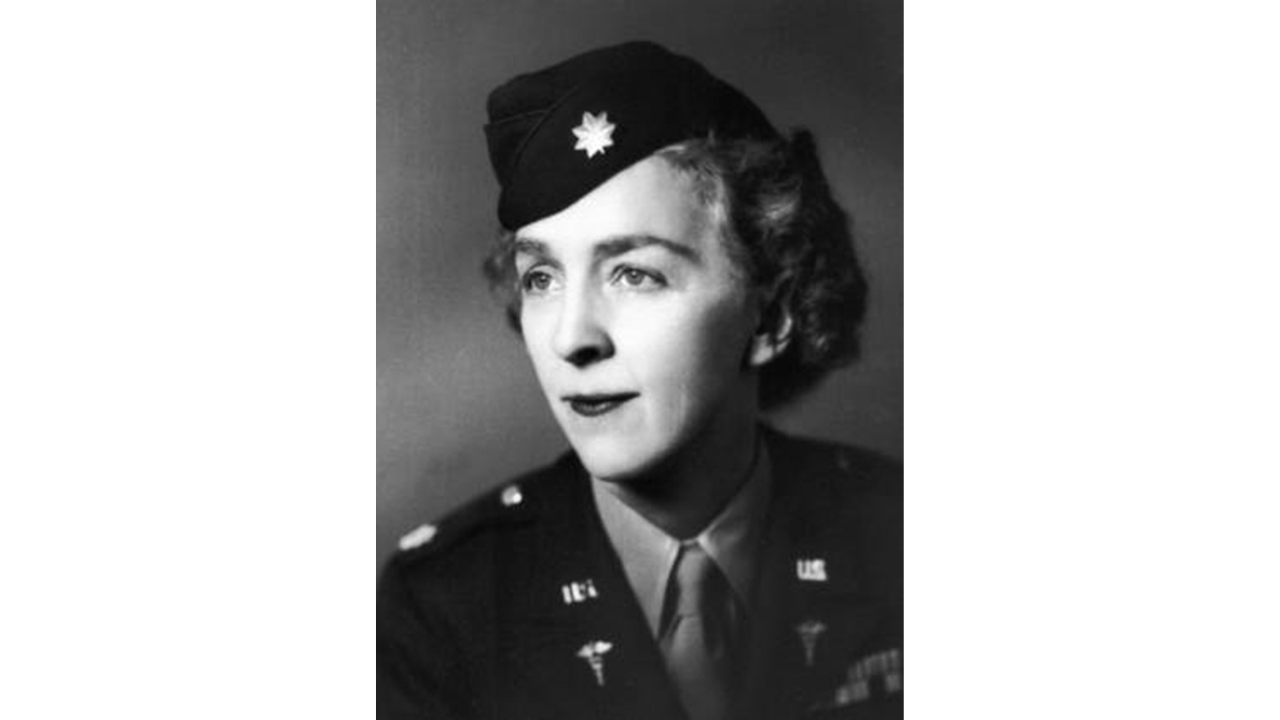
History of VA in 100 Objects
Object 96: Postcard of Veterans Vocational School
In 1918, the government created the first nationwide vocational training system to help disabled Veterans acquire new occupational skills and find meaningful work. Over the next 10 years, more than 100,000 Veterans completed training programs in every field from agriculture and manufacturing to business and photography.

History of VA in 100 Objects
Object 95: 1840 Census of Pensioners
In a first, the 1840 census collected data on Veterans and widows receiving a pension from the federal government. The government published its findings in a stand-alone volume titled “A Census of Pensioners for Revolutionary or Military Services.”

History of VA in 100 Objects
Object 94: Southern Branch of the National Home
The Southern Branch of the National Home for Disabled Volunteer Soldiers opened in Hampton, Virginia, in late 1870. The circumstances surrounding the purchase of the property, however, prompted an investigation into the first president of the National Home’s Board of Managers, Benjamin Butler.
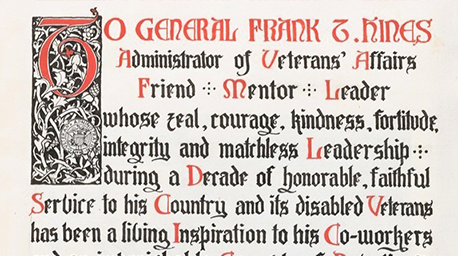
History of VA in 100 Objects
Object 91: Hines Scrapbook Dedication
In 1933, VA staff presented agency chief Frank Hines with a scrapbook commemorating his ten years of service to Veterans. Intended as a personal keepsake for Hines, the scrapbook also offers a snapshot of a particular time in VA history.
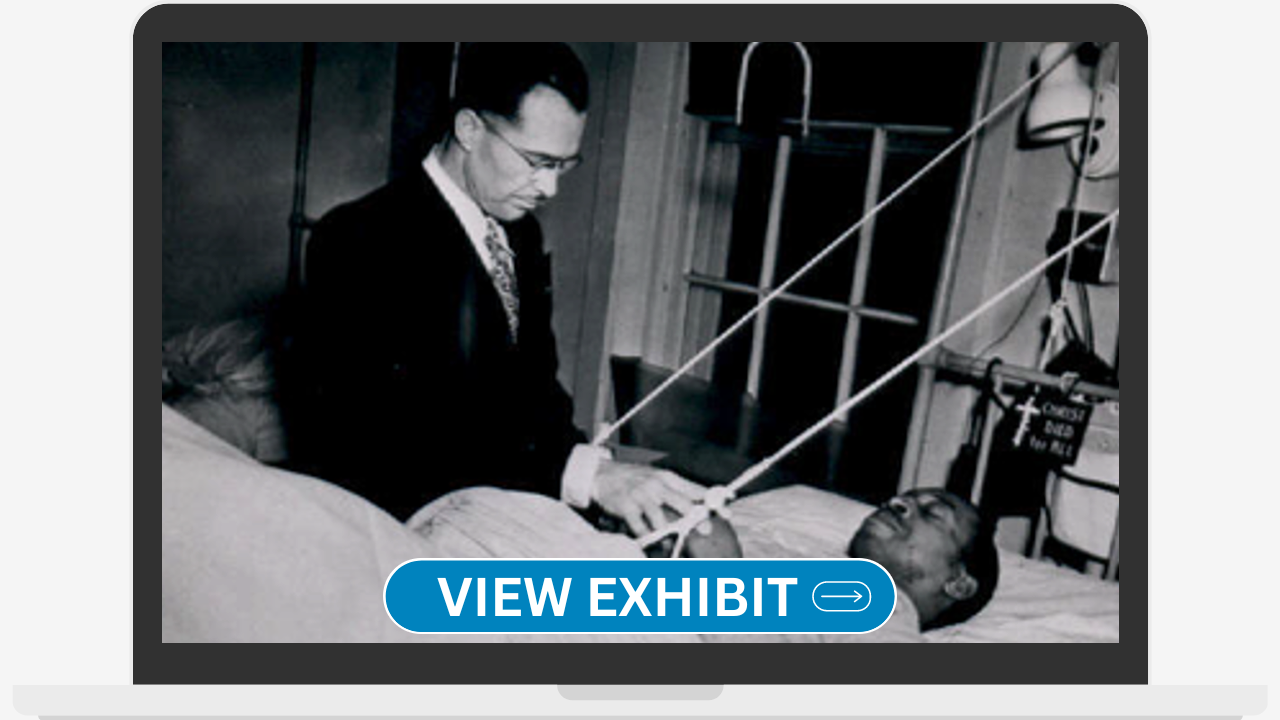
Exhibits
To Bring Light to Where There is Darkness: VA Chaplains and Religious Artifacts from the National VA History Center
For more than 150 years, VA chaplains have served Veterans with care and compassion, proving that they are indelible to the fabric of Veterans' health. Objects in this exhibit, housed in the National VA History Center (NVAHC), help tell the story of chaplaincy’s enduring presence and its profound impact on Veteran care.
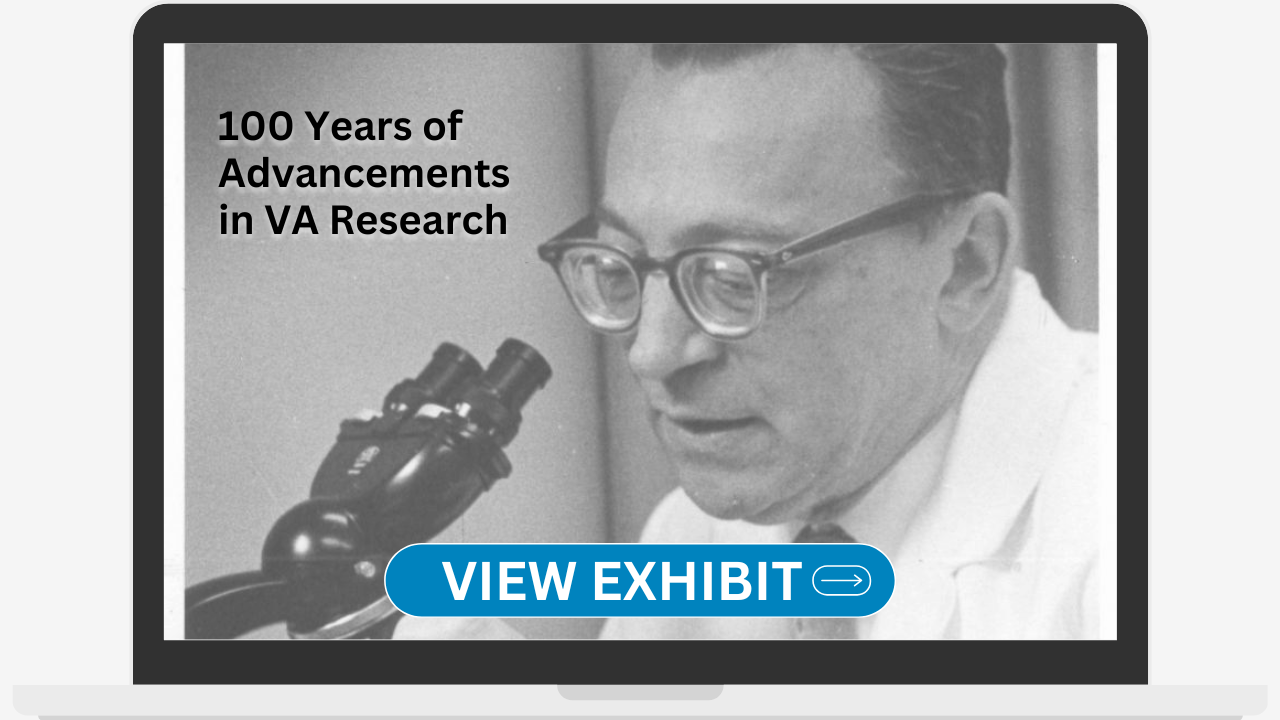
Exhibits
VA Research at 100: A Century of Medical Advancements
In 1925, 100 years ago, the Veterans Bureau initiated the first hospital-based medical research studies to address Veteran-specific issues like mental health, tuberculosis, cancer and toxic exposure. The program has since made significant medical breakthroughs and innovations, impacting the world.

History of VA in 100 Objects
Object 88: Civil War Nurses
During the Civil War, thousands of women served as nurses for the Union Army. Most had no prior medical training, but they volunteered out of a desire to support family members and other loved ones fighting in the war. Female nurses cared for soldiers in city infirmaries, on hospital ships, and even on the battlefield, enduring hardships and sometimes putting their own lives in danger to minister to the injured.
Despite the invaluable service they rendered, Union nurses received no federal benefits after the war. Women-led organizations such as the Woman’s Relief Corps spearheaded efforts to compensate former nurses for their service. In 1892, Congress finally acceded to their demands.

Featured Stories
The Historic Streets of the VA Medical Center in Prescott, Arizona
Ever wonder where some historic street names come from? That's the question that pops up at the VA Medical Center in Prescott, Arizona. Multiples names are displayed on white signs, such as Holmberg, Allee and Whipple. Who are they? Dive in and find out.
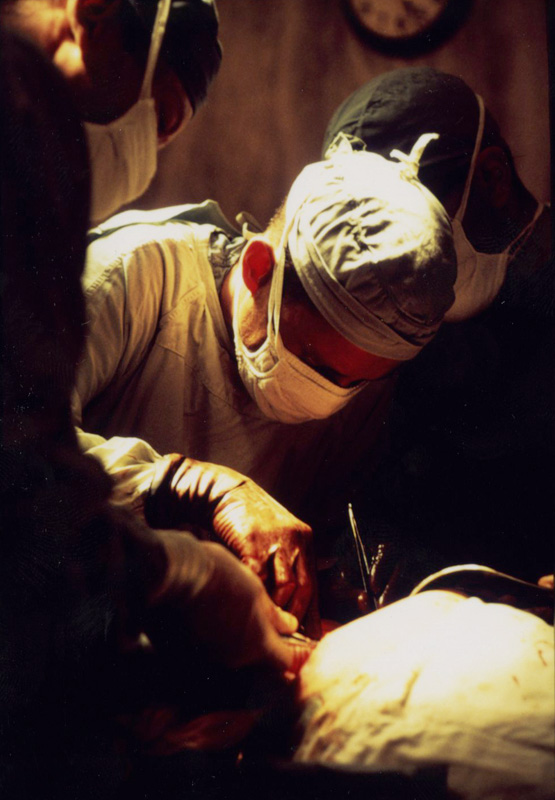
History of VA in 100 Objects
Object 83: First Liver Transplantation at VA Hospital
Prior to the 1960s, liver failure always ended in death. In May 1963, however, Dr. Thomas E. Starzl made medical history at the VA hospital in Denver, Colorado, when he performed the first liver transplantation on a patient who survived the operation.
Starzl's continued to refine his procedure, becoming a leading expert on liver transplants. The success rate for early transplants wasn't optimal, but that didn't stop him from researching new techniques and post-care practices. These innovations, coupled with new medications, improved the effectiveness and life-saving measures of that vital transplant surgery.
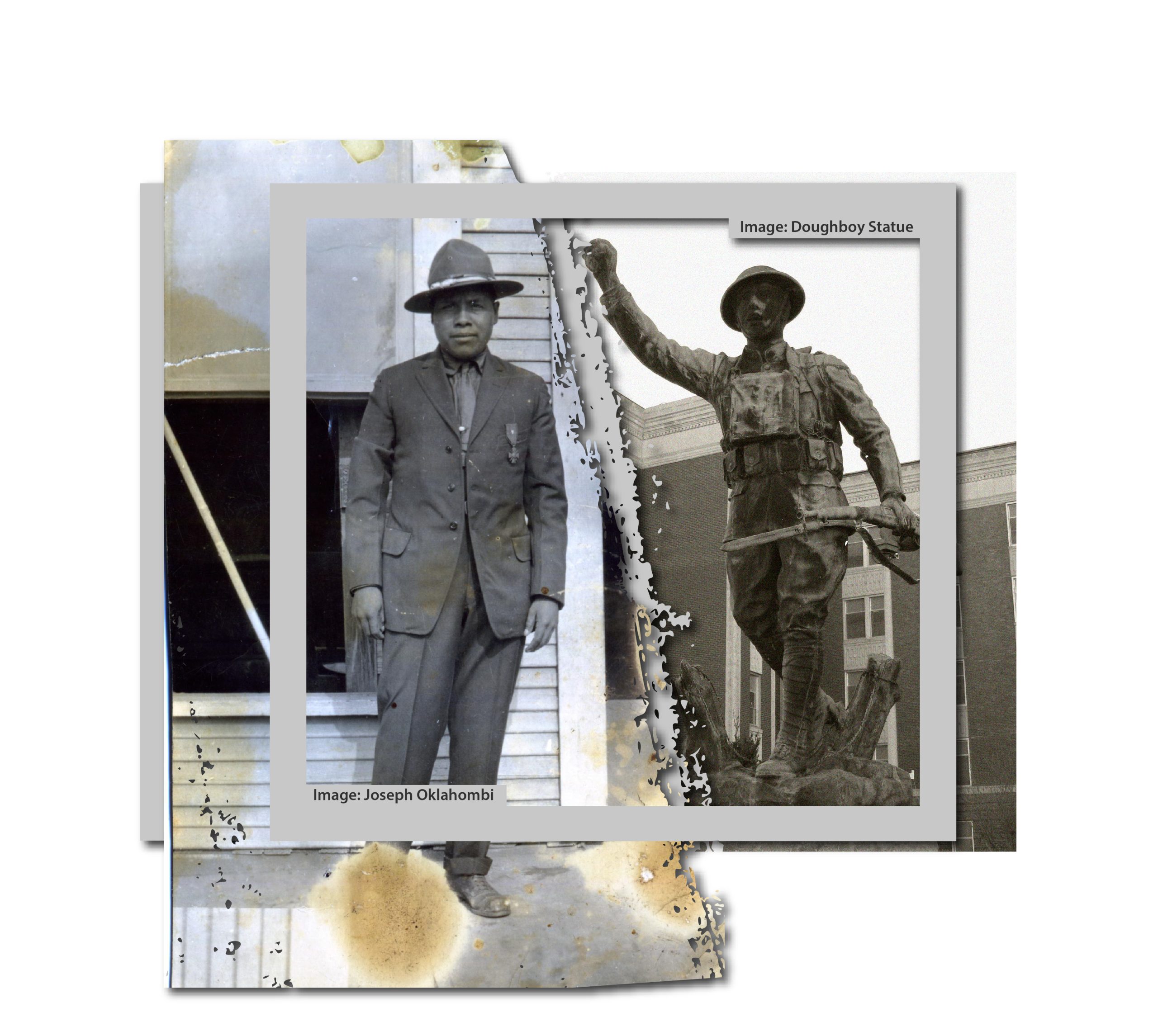
Featured Stories
Muskogee VA: A Hundred Years of Native American Veteran Care
Native Americans have served the United States with honor, loyalty, and bravery since the Revolutionary War. Despite facing discrimination, many Native American Veterans volunteered for service throughout the centuries, making significant contributions on the battlefield. Some saw it as fighting not only to protect the United States, but also their ancestral land. For their sacrifice, the VA hospital in Muskogee has led the charge in providing exceptional care for Native American Veterans for 100 years.

Curator Corner
Lincoln’s Promise, Lincoln’s Legacy: Historic Artifacts Recovered from Site of Dayton Statue
It all started when Bill DeFries, President of the American Veteran’s Heritage Center (AVHC), lost his wedding ring at the construction site for the statue of Abraham Lincoln on the campus of the Dayton VA Medical Center. He requested the assistance of the Dayton Diggers, a local nonprofit whose mission is to “research, recover, and document history” through their use of metal detector survey. The machines used by Dayton Diggers emit an electromagnetic field that responds to metal objects hidden below the ground surface. When they pinpoint a target, they use minimally invasive excavation to remove the object from the soil. In addition to the misplaced wedding band, their team uncovered historic artifacts that can be used to understand the history of Veteran care here in Dayton.


